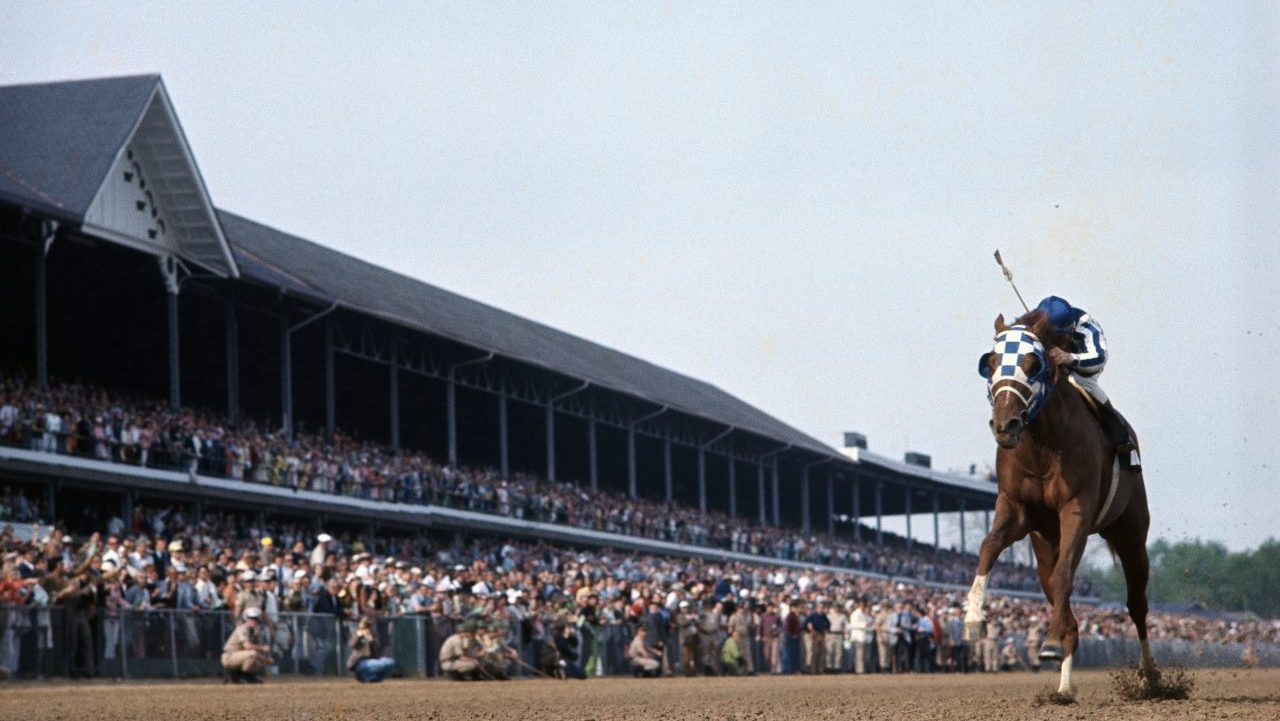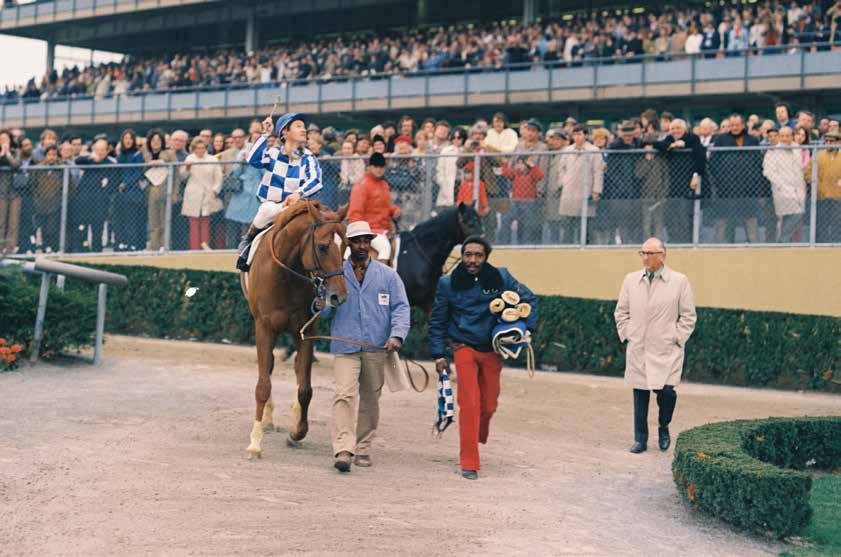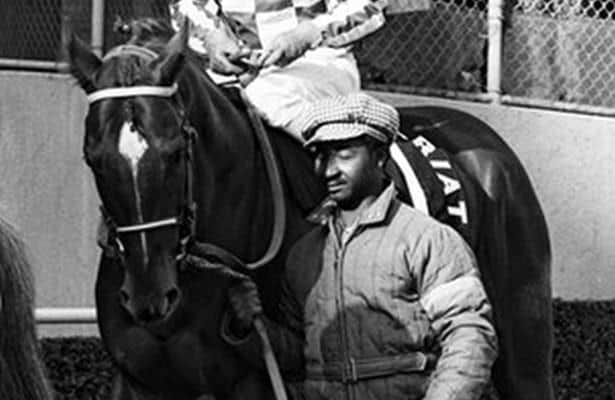The Story of Secretariat: The Fastest Horse Ever

Secretariat is widely celebrated as one of the greatest racehorses in history, renowned for his incredible speed, stamina, and heart. This blog article delves into the fascinating story of Secretariat, exploring his background, racing career, and lasting legacy.
Early Life and Background

Secretariat was born on March 30, 1970, at Meadow Farm in Virginia. Bred by Christopher Chenery, he was a chestnut colt with a distinctive white blaze and four white socks. Secretariat’s pedigree was impressive, sired by Bold Ruler and out of the mare Somethingroyal, both of whom contributed to his exceptional genetics.
Racing Career Highlights
Secretariat’s racing career was marked by extraordinary achievements:
| Year | Race | Result | Notable Details |
|---|---|---|---|
| 1972 | Kentucky Derby | 1st place | Set a record time of 1:59 2/5 |
| 1973 | Preakness Stakes | 1st place | Won by 2 1/2 lengths |
| 1973 | Belmont Stakes | 1st place | Won by 31 lengths, a record margin |
Triple Crown Victory
In 1973, Secretariat became the first horse in 25 years to win the Triple Crown, a prestigious achievement that includes winning the Kentucky Derby, Preakness Stakes, and Belmont Stakes in the same year. His Belmont Stakes victory remains one of the most dominant performances in horse racing history.
Physical Attributes and Training
Secretariat was known for his large heart, estimated to weigh about 22 pounds—twice the size of an average horse’s heart. This unique physical trait contributed to his exceptional endurance and speed. His training regimen, overseen by trainer Lucien Laurin, focused on building strength and maintaining peak condition.
Legacy and Impact
Secretariat’s influence extends beyond his racing career. He became a symbol of excellence and determination, inspiring generations of horse racing enthusiasts. His story has been immortalized in books, documentaries, and even a feature film, ensuring that his legacy endures.
Frequently Asked Questions (FAQ)
Q: What made Secretariat so fast?
A: Secretariat’s combination of genetics, physical attributes like his large heart, and expert training contributed to his unparalleled speed.
Q: How long did Secretariat race?
A: Secretariat raced for two years, from 1972 to 1973, before retiring to stud.
Q: Did Secretariat set any records?
A: Yes, he set multiple records, including the fastest times in the Kentucky Derby and Belmont Stakes, some of which still stand today.
Q: What happened to Secretariat after retirement?
A: After retiring, Secretariat became a successful sire, passing on his exceptional traits to many offspring.
This article provides a comprehensive look at Secretariat’s life and achievements, making it an engaging and informative read for horse racing fans and general audiences alike.
